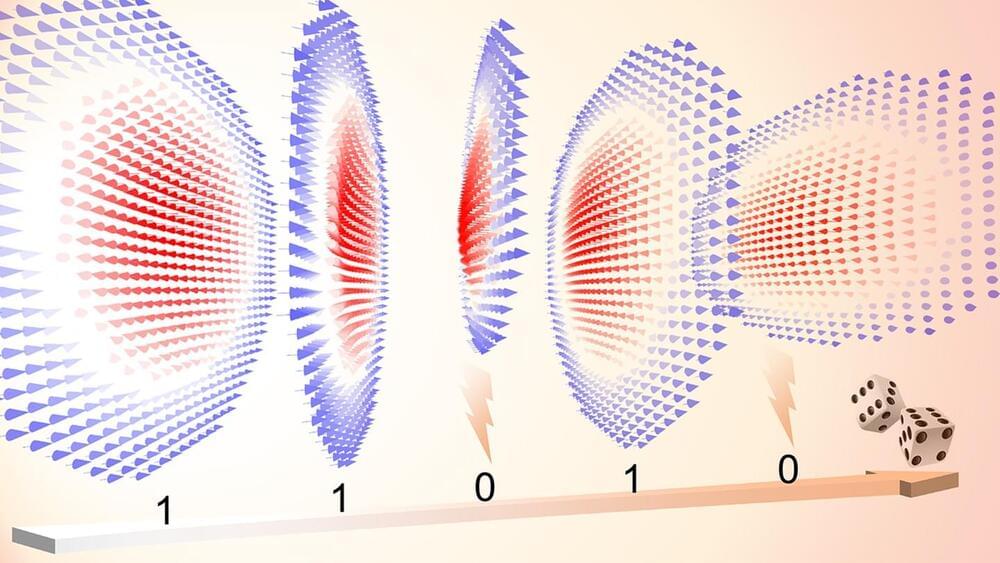PROVIDENCE, R.I. [Brown University] — Whether for use in cybersecurity, gaming or scientific simulation, the world needs true random numbers, but generating them is harder than one might think. But a group of Brown University physicists has developed a technique that can potentially generate millions of random digits per second by harnessing the behavior of — tiny magnetic anomalies that arise in certain two-dimensional materials.
Their research, published in Nature Communications, reveals previously unexplored dynamics of single, the researchers say. Discovered around a half-decade ago, have sparked interest in physics as a path toward next-generation computing devices that take advantage of the magnetic properties of particles — a field known as spintronics.
“There has been a lot of research into the global dynamics of, using their movements as a basis for performing computations,” said Gang Xiao, chair of the Department of Physics at Brown and senior author of the research. “But in this work, we show that purely random fluctuations in the size of can be useful as well. In this case, we show that we can use those fluctuations to generate random numbers, potentially as many as 10 million digits per second.”









Comments are closed.